What Does a Dentist Do?
As someone who has visited the dentist more times than I can count, I often find myself reflecting on what exactly a dentist does and how vital their role is in maintaining our oral health. Whether you're going in for a routine checkup or seeking treatment for a specific issue, understanding what dentists do can help alleviate any concerns you might have. In this article, I'll dive deep into the different tasks and services that a dentist offers, which will hopefully shed some light on the significance of dental care in our daily lives.
1. General Responsibilities of a Dentist
When most people think of a dentist, they envision someone who cleans teeth or fills cavities. While these tasks are certainly part of the job, dentists have a much broader scope of responsibilities. Their primary goal is to ensure the health of your teeth and gums by providing preventive care, diagnosing oral health issues, and performing various procedures.
1.1 Routine Checkups and Cleanings
One of the most common services provided by dentists is routine checkups. During these visits, dentists examine your teeth for signs of decay, cavities, and gum disease. A typical checkup also includes professional cleaning, which helps remove plaque and tartar buildup that brushing and flossing alone can’t handle. I remember how important my first cleaning was—it made my teeth feel brand new, and my dentist emphasized the importance of regular visits to prevent bigger problems later.
1.2 Preventive Services
Preventive care is a significant part of a dentist’s role. Dentists offer advice on brushing, flossing, and diet to help you maintain healthy teeth. They may also provide treatments like fluoride applications to strengthen enamel, and sealants to protect the teeth from cavities. Preventive care plays a crucial role in avoiding serious dental problems, and dentists ensure you are equipped with the tools and knowledge to keep your oral health in check.
2. Diagnostic Services
Another essential function of a dentist is diagnosing oral health issues. Dentists are skilled at identifying a wide range of problems that may not be visible to the untrained eye. Using X-rays and physical examinations, they can detect issues like cavities, bone loss, or infections that may otherwise go unnoticed.
2.1 Identifying Cavities and Decay
Cavities are a common issue that dentists diagnose and treat. Through X-rays and physical exams, they can catch cavities early before they become larger, more painful problems. I remember one time, during a routine checkup, my dentist caught a small cavity that wasn’t causing any discomfort. Thanks to early detection, I avoided a potentially more expensive procedure later on.
2.2 Gum Disease Diagnosis
Gum disease is another issue dentists regularly diagnose. Often, people don’t realize they have gum disease until it's too late, as symptoms can be subtle. Dentists are trained to detect signs of gingivitis or more severe periodontal disease, which can lead to tooth loss if left untreated. Regular checkups are essential in identifying gum disease early and preventing it from progressing.
3. Specialized Dental Procedures
While general dentists handle routine care, they also perform more complex procedures to address specific oral health problems. From fillings to root canals, these treatments are necessary for maintaining oral health when issues arise that can’t be resolved with preventive care alone.
3.1 Fillings
Fillings are a common procedure performed by dentists when cavities are detected. After removing the decayed portion of the tooth, the dentist fills the cavity with a durable material, such as amalgam, composite resin, or porcelain. This procedure prevents further decay and restores the tooth's function. I remember getting my first filling, and it wasn’t as scary as I thought—it was quick, and my dentist made sure I was comfortable the entire time.
3.2 Root Canals
Root canals are necessary when the pulp inside a tooth becomes infected or damaged. This procedure involves removing the infected pulp, cleaning the area, and sealing the tooth to prevent further damage. While root canals have a reputation for being painful, modern techniques and anesthesia have made the procedure much more tolerable. I had a root canal done a few years ago, and despite my initial nervousness, it was a relatively easy experience.
3.3 Crowns and Bridges
Sometimes, a tooth that has suffered significant damage or decay requires more than just a filling. In such cases, a dentist may recommend a crown or bridge to restore the tooth's function and appearance. Crowns are typically used to cover a damaged tooth, while bridges replace missing teeth. These procedures are essential for maintaining your ability to chew and speak properly, and they can enhance your smile's appearance.
4. Cosmetic Dentistry
Cosmetic dentistry is a branch of dentistry focused on improving the appearance of your teeth and smile. Whether you want whiter teeth, straighter alignment, or a complete smile makeover, cosmetic dentistry provides a variety of treatments to meet your needs. Dentists offer services like teeth whitening, veneers, and Invisalign, which can dramatically transform a person's smile.
4.1 Teeth Whitening
Teeth whitening is one of the most popular cosmetic procedures performed by dentists. Over time, our teeth can become stained due to factors like food, drink, or smoking. Teeth whitening treatments can effectively lighten the color of your teeth, giving you a brighter, more youthful smile. I opted for a professional whitening treatment a few years ago, and the results were amazing. My teeth looked much whiter, and I felt more confident when I smiled.
4.2 Veneers
Veneers are thin shells that are bonded to the front of your teeth to improve their appearance. They can correct a variety of issues, including chipped, discolored, or uneven teeth. Veneers provide a natural, flawless look and are one of the most popular cosmetic treatments for people who want to enhance their smile.
5. Orthodontics
Orthodontics is a specialized field of dentistry that focuses on aligning the teeth and jaws. Whether you're dealing with overcrowded teeth, misaligned bites, or gaps between your teeth, orthodontic treatments like braces or Invisalign can help you achieve a straighter, healthier smile.
5.1 Braces and Clear Aligners
Braces are the traditional method of straightening teeth. They involve metal brackets and wires that gradually move the teeth into alignment. Clear aligners like Invisalign are a more discreet option, using clear plastic trays to gradually shift the teeth. Both methods can dramatically improve the appearance and function of your teeth.

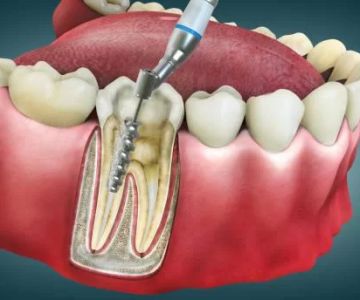
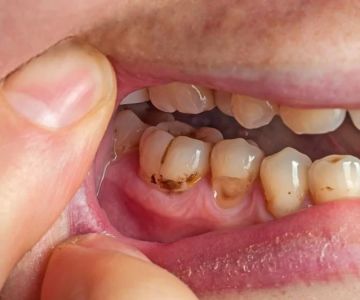

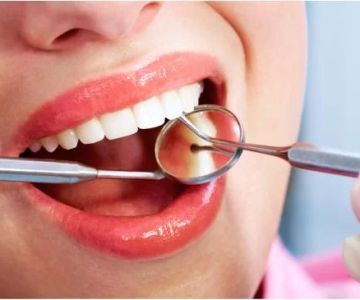
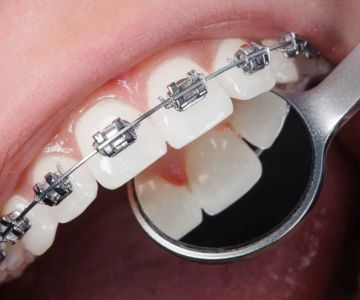
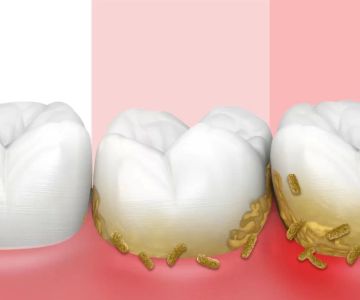
 Omaha Orthodontics
Omaha Orthodontics Brazos Valley Oral & Maxillofacial Surgery
Brazos Valley Oral & Maxillofacial Surgery Waterford Dental Health
Waterford Dental Health South Jersey Dental
South Jersey Dental Dresher Family Dental Care
Dresher Family Dental Care Spartan Dental
Spartan Dental The Importance of Oral Health Education During Pregnancy for a Healthy Pregnancy
The Importance of Oral Health Education During Pregnancy for a Healthy Pregnancy Why Skipping Dental Checkups Can Lead to Bigger Oral Health Problems
Why Skipping Dental Checkups Can Lead to Bigger Oral Health Problems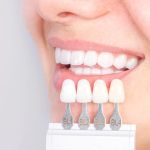 Advantages of Porcelain Dental Restorations
Advantages of Porcelain Dental Restorations Best Tips for Brushing Your Teeth Properly for Healthy Gums: Essential Techniques for Oral Health
Best Tips for Brushing Your Teeth Properly for Healthy Gums: Essential Techniques for Oral Health How Can Diabetes Cause Tooth and Gum Problems? Preventing and Managing Oral Health Issues
How Can Diabetes Cause Tooth and Gum Problems? Preventing and Managing Oral Health Issues Healthy Habits for Promoting Good Oral Health and Hygiene: Tips for a Healthy Smile
Healthy Habits for Promoting Good Oral Health and Hygiene: Tips for a Healthy Smile